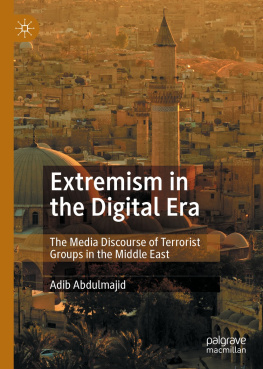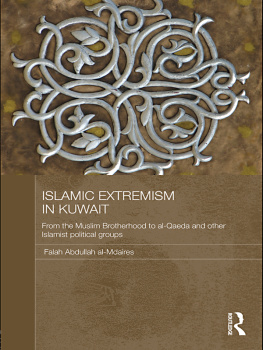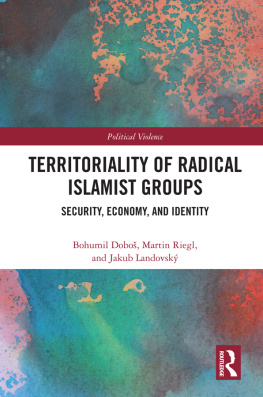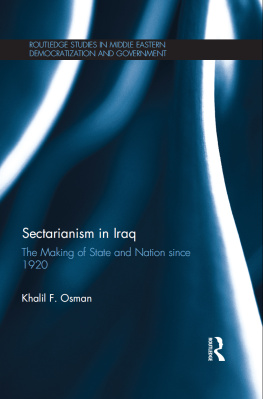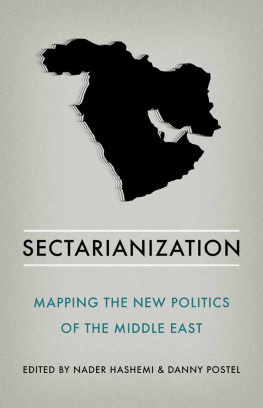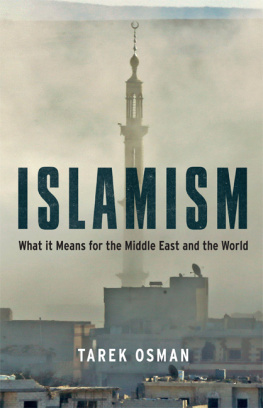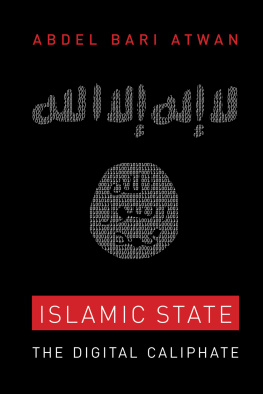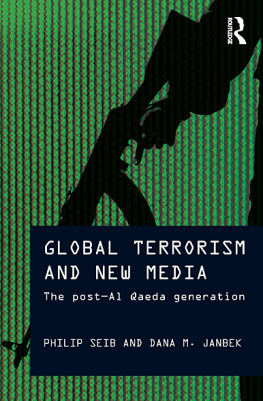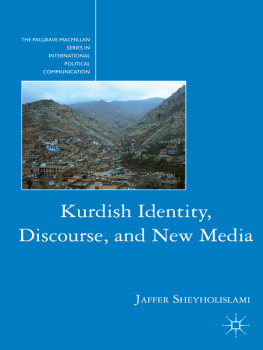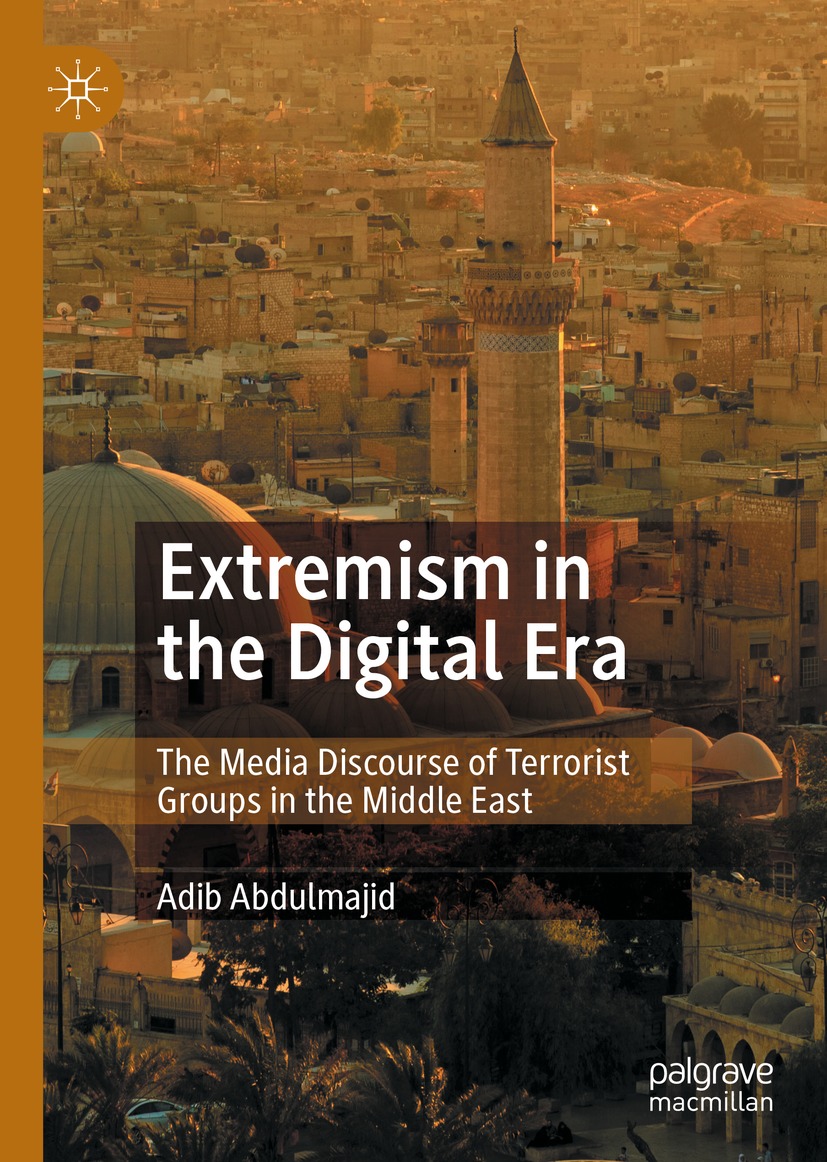Adib Abdulmajid
Extremism in the Digital Era
The Media Discourse of Terrorist Groups in the Middle East
1st ed. 2021

Logo of the publisher
Adib Abdulmajid
KU Leuven, Antwerpen, Belgium
ISBN 978-3-030-74832-6 e-ISBN 978-3-030-74833-3
https://doi.org/10.1007/978-3-030-74833-3
The Editor(s) (if applicable) and The Author(s), under exclusive license to Springer Nature Switzerland AG 2021
This work is subject to copyright. All rights are solely and exclusively licensed by the Publisher, whether the whole or part of the material is concerned, specifically the rights of translation, reprinting, reuse of illustrations, recitation, broadcasting, reproduction on microfilms or in any other physical way, and transmission or information storage and retrieval, electronic adaptation, computer software, or by similar or dissimilar methodology now known or hereafter developed.
The use of general descriptive names, registered names, trademarks, service marks, etc. in this publication does not imply, even in the absence of a specific statement, that such names are exempt from the relevant protective laws and regulations and therefore free for general use.
The publisher, the authors and the editors are safe to assume that the advice and information in this book are believed to be true and accurate at the date of publication. Neither the publisher nor the authors or the editors give a warranty, expressed or implied, with respect to the material contained herein or for any errors or omissions that may have been made. The publisher remains neutral with regard to jurisdictional claims in published maps and institutional affiliations.
Cover illustration: Jens Benninghofen / Alamy Stock Photo
This Palgrave Macmillan imprint is published by the registered company Springer Nature Switzerland AG
The registered company address is: Gewerbestrasse 11, 6330 Cham, Switzerland
Preface
Amid the extensive use of digital media platforms by extremist groups operating in war-torn countries like Syria and Iraq , the discourse of such organizations is believed to have incited sectarian confrontations among diverse components of the society and to have contributed to the escalation of violence and the deterioration of living conditions in the heart of the Middle East . Major extremist religious organizations that emerged in the recent years in Syria and Iraq include ISIS , embodying radical Sunni Islam, and al-Hashd al-Shaabi, representing extremist Shia Islam. Each organization has founded multiple media platforms and made a remarkable use of the digital era to convey their messages and promote their activities to an unlimited audience. These groups have developed a discourse characterized, to a certain degree, by sectarian extremism and immense rancor toward rivals. The impact of the discourse employed by such radical organizations is deemed wide-ranging, with considerably resounding manifestations on local, regional, and international levels.
This discourse analytical study delves into the diverse aspects and dimensions of the discourse of ISIS and al-Hashd al-Shaabi. It explores the discursive practices and strategies utilized by media outlets associated with these extremist organizations. This volume also delves into the discursive environment within which these organizations have emerged and developed, namely the multifaceted Syrian and Iraqi media landscape and the discursive activities pursued by influential local outlets. While multiple previous studies shed an increasing light on the emergence and the development of radical groups and their digital activities in the Middle East, the domain of discourse analysis with respect to the ultra-sectarian tendencies and strategies of such organizations remained relatively obscure. Besides, various previous studies illustrate remarkable academic efforts that mainly focus on the exploration of radical Sunnism , whereas radical Shiism remained scarcely researched, especially in terms of discourse . Thus, the volume at hand strives for providing a better understanding about the specific elements of the extremist discourse of influential radical Islamist organizations with diverse sectarian affiliations. It involves an exploration of linguistic and contextual activities and seeks to identify and interpret explicit and implicit messages associated with the discourse of the concerned organizations. The methodological framework applied for the sake of accomplishing the objectives of this study comprises Van Dijks (2000) Ideological Square and Blasss (2005) Manipulative Strategies. These methodological instruments and the associated tools have allowed the researcher to conduct an in-depth discourse analytical study to the data included in the corpus of this research. Hence, activities and practices that fall under discursive ideologization and discursive manipulation are thoroughly investigated.
Key aspects and features identified within the discourse of the examined organizations include politicization , religionization , and sectarianization . Each organization has developed a discourse characterized by manipulative and ideological practices. Political, religious, sectarian , and ethnic affiliations and loyalties appear to have played a key role in the way the concerned organizations discursively approached ongoing matters and developments in the Syrian and Iraqi arenas. Religio-sectarian references are deemed crucial elements within the discourse of both ISIS and al-Hashd al-Shaabi . While the former emerges as global-minded in its discursive approach toward a worldwide Sunni community, the latter arises as more local- and regional-minded within the framework of its Shia-based discourse . The establishment of legitimacy and righteousness in leading the community, based on extremist sectarian-guided interpretations of theological concepts, doctrinal principles, and jurisprudential tenets, is deemed to be of a fundamental significance for each of these radical organizations. The incitement of sectarian and social divide emerges as a main dimension of the discourse employed by the organizations investigated within the framework of this volume. The impact of such discursive dimensions, once adopted and acted upon, is believed to hold serious consequences with regard to the attitudes and behaviors of the concerned individuals and the society at large.
Adib Abdulmajid
Antwerpen, Belgium
Acknowledgments
Throughout the stages that have constituted an enriching journey of knowledge and eventually led to the completion of this volume, the generous input and support of several persons have been invaluable. While words sometimes fail to express the extent of gratitude we feel toward certain remarkable people for their great and unconditional assistance and support, we still try to find a way to express our gratitude and appreciation to the efforts of such praiseworthy people.
Special thanks to Prof. Abdalrahman Alsulaiman and Prof. Michal Opgenhaffen for their assistance, input, and suggestions throughout this remarkable journey.
I am also grateful to each of Prof. Leen dHaenens, Prof. Helge Danils, Prof. Said Shiyab, and Prof. Dimitri Vanoverbeke for their reviews and enriching feedback. Discussing the content of my work with you could not be more fruitful.

